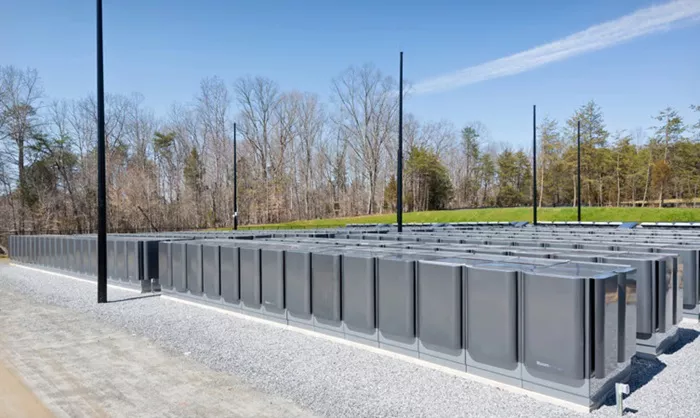Ohio utility officials have approved a plan by AEP Ohio to install onsite power generators at two large data centers. This move will help the data centers expand by providing a secondary source of electricity that does not rely on the main power grid.
The approval comes amid growing concerns about large energy users drawing from an increasingly limited energy supply.
The Public Utilities Commission of Ohio (PUCO) voted to approve projects involving Amazon Web Services and Cologix. Both companies plan to invest billions of dollars in building new data centers in central Ohio over the next several years.
However, the regional power grid operator, PJM, warns that the growth of data centers and manufacturing could reduce the availability of electricity. PJM predicts potential power shortages if demand continues to rise and new electricity sources are not developed soon.
AEP Ohio estimates it will take between seven and ten years to upgrade the transmission infrastructure enough to meet full energy demand.
Earlier, AEP Ohio had put a hold on new data centers coming online in its area. This was while the company worked with PUCO to decide how to charge data centers for power use. Hearings on this issue took place earlier this year, but no final decision has been made.
The recent PUCO decision allows AEP Ohio to build onsite power generators at the data centers. These generators use solid oxide fuel cells and natural gas to produce electricity. Unlike traditional systems, these use chemical reactions instead of burning fuel.
AEP will buy natural gas from the market and has hired Bloom Energy to build and maintain the fuel cell systems.
The costs of these systems will be shared between AEP Ohio and the data centers. Amazon Web Services has agreed to a six-year contract, and Cologix has signed a 15-year contract. The exact financial details of these agreements were kept confidential by PUCO, to protect trade secrets.
According to AEP Ohio’s application, the existing contracts for power from the grid with the data centers will continue at their maximum capacity. But the data centers are expected to need more power than those contracts cover.
AEP Ohio said these agreements provide a temporary solution. They will meet the energy needs of data centers while the electric grid is upgraded, without disrupting service to other customers.
“With existing grid power contracts plus the new fuel cell system, the data centers can expand their facilities on site,” AEP Ohio said in a statement earlier this year.
AEP Ohio also said safety measures will be in place to prevent the data centers from using more grid power than allowed.
“If the fuel cell system fails, the data center will quickly reduce its energy use or switch to other onsite power sources. This ensures the data centers will only use power up to their current contract limits from the grid,” the company explained.
Importantly, AEP Ohio said the cost of these new power systems will be paid only by Amazon Web Services and Cologix. Other AEP customers will not have to pay for these projects.
Amazon’s data center division has already invested more than $6 billion in Ohio data centers from 2018 to 2023. The company plans to spend an additional $8 billion on new data centers in central Ohio by 2029.

